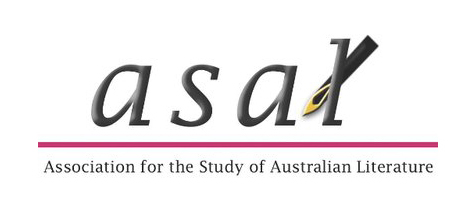15 Nov ASAL ECR Seed Funding Grant Report: Dr Adelle Sefton-Rowston

YWrite Prison Writing Project
ASAL Seed grant statement: The grant secured Adelle Sefton-Rowston’s conference travel to the AAALS conference in Alaska.
“The ASAL SEED funding was invaluable to my growing project and meant that I could share my work with peers abroad. As an ECR there is an expectation to network with scholars overseas and this would not have been possible without the financial assistance offered by ASAL. I am grateful for the opportunity to present at this year’s AAALS conference in Alaska and to cut my teeth on new and critical ideas in Literary Studies. Moreover, it was an opportunity to collaborate with scholars interested in the area of creative arts education in prisons, and the many ways that texts illuminate prison transformation.”
Overview
Graffiti constitutes a genre of writing that has been deployed by prisoners to reflect upon their circumstance, to protest their incarceration, or even to transform their understanding of their situation. Because ‘graffiti’ remains unconstrained by traditional writing conventions (of spelling, grammar, and punctuation), such writing provides a space for writers with low literacy to write more intuitively. A writer of graffiti can articulate messages with a sense of urgency, uninhibited by conventional expectations of normative writing.
This project aims to develop and deliver creative writing workshops for groups incarcerated in the NT. The workshop program hopes to teach prison inmates how to express themselves through creative writing forms of prison prose, graffiti and story-telling. The project has been initiated through this pilot in a low risk setting in the women’s prison in the Darwin region.
Aims
The aims of the project are to foster motivation and self-efficacy through creativity, which in turn can lead to improved self-image and reduced emotional stress, an increase in literacy, and more post-release opportunities (Beasley, 2015). A major outcome of the program aims to facilitate activities where detainees to share their “stories” through the publication/exhibition of their work which will in turn contribute insights into society’s understanding of this group of people.
Benefits
The most significant benefits of the prison writing program was for the inmates to participate in graffiti writing to explore who they are; what is important to them and develop an artistic relationship to the world as a ‘free’ person. This part of YWrite is a start to an extended program that will help inmates understand how storytelling can inform one’s own identity in a social and political world. The mural painting within the prison for NAIDOC week will be the exhibition on an internal level within the prison. The impact of the program will potentially contribute to both attitudinal and psychological growth in the detainees.
Lastly, this project has started the process to strengthen connections between Charles Darwin University (CDU) the NT Government, NT Corrections, NT Families, YWCA, Schools, Don Dale and adult prisons.
Future directions
A
more detailed report will be made available after analysis of the collected
surveys and discussions with facilitators for the project. The research team
will explore further grant funding options to extend the links with
stakeholders to facilitate improvements of general literacy and development of
creative writing tools for in-mates in the NT Prison system and youth in
correctional facilities.


